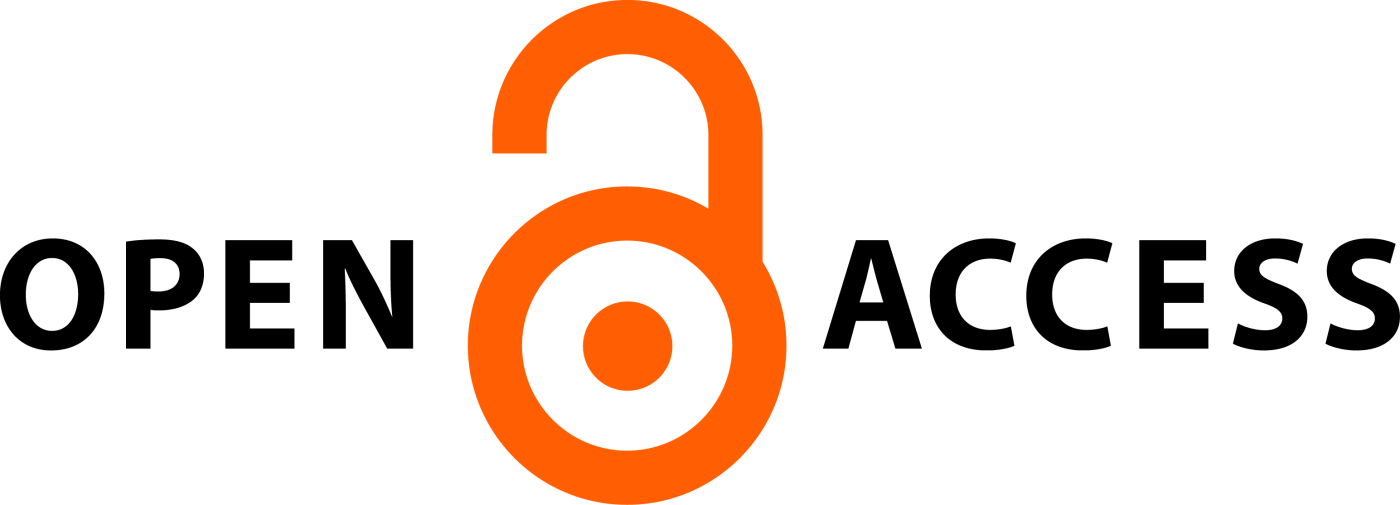Cybersecurity Trends 2022: Toward a More Secure Future
Abstract
The year 2022 marked a pivotal moment in the evolution of cybersecurity. As digital transformation accelerated, so did the sophisticationand scale of cyber threats. Check Point Research’s report, “Cybersecurity Trends 2022: Toward a More Secure Future,” highlighted a seriesof transformative trends—including the rise of Ransomware-as-a-Service (RaaS), the growing use of artificial intelligence by attackers,and a persistent wave of cloud and supply chain attacks. This paper examines these trends in detail, contextualizes their implications, andoutlines strategic responses for building a secure digital future. With threat actors operating as businesses and attack surfaces expandingacross cloud, IoT, and hybrid networks, the imperative for proactive, layered, and intelligence-driven security has never been clearer.
Downloads
All the articles published in JAPSR are distributed under a creative commons license (CC BY-NC-SA 4.0)
Under this license, you are free to:
- Share- copy and redistribute the material in any medium or format for any purpose, even commercially.
- Adapt- remix, transform, and build upon the material for any purpose, even commercially.
The licensor cannot revoke these freedoms as long as you follow the license terms.
- Attribution — You must give appropriate credit , provide a link to the license, and indicate if changes were made . You may do so in any reasonable manner, but not in any way that suggests the licensor endorses you or your use.
- NonCommercial — You may not use the material for commercial purposes .
- ShareAlike — If you remix, transform, or build upon the material, you must distribute your contributions under the same license as the original.
- No additional restrictions — You may not apply legal terms or technological measures that legally restrict others from doing anything the license permits.
Copyright policy
The journal allows the author(s) to hold the copyright of their work. That means the authors do not need to transfer the copyright of their work to the journal. However, the authors grant JAPSR a license to publish the article and identify itself as the original publisher.
Licensing policy
The journal allows the author(s) to hold the copyright of their work. That means the authors do not need to transfer the copyright of their work to the journal. However, the authors grant JAPSR a license to publish the article and identify itself as the original publisher.






